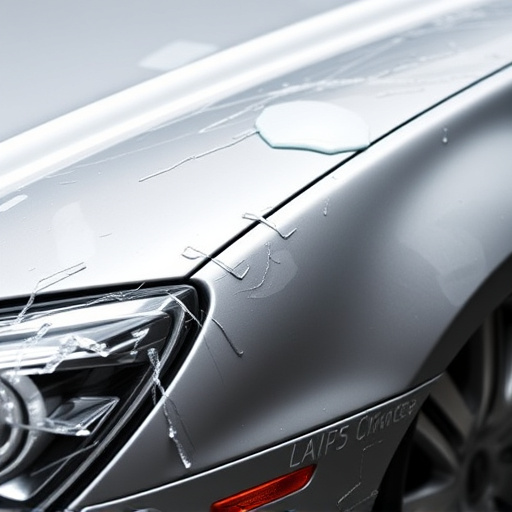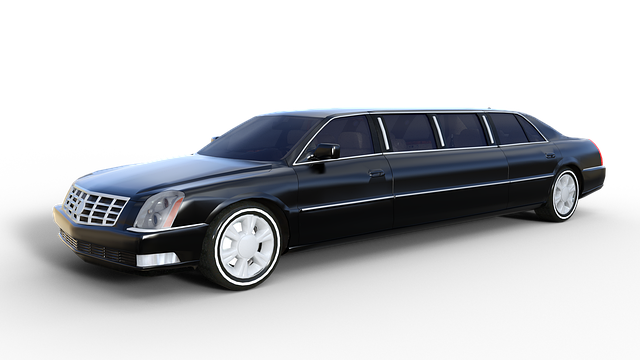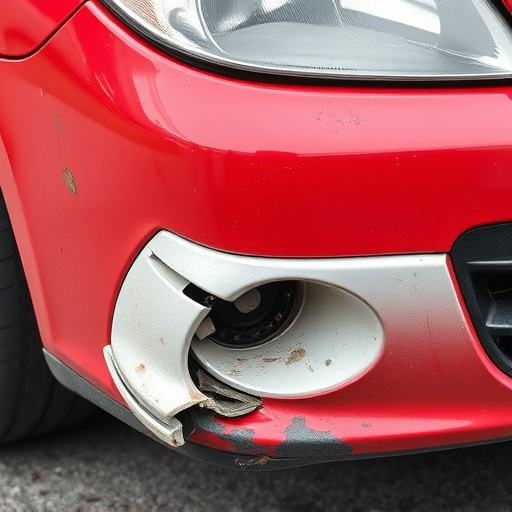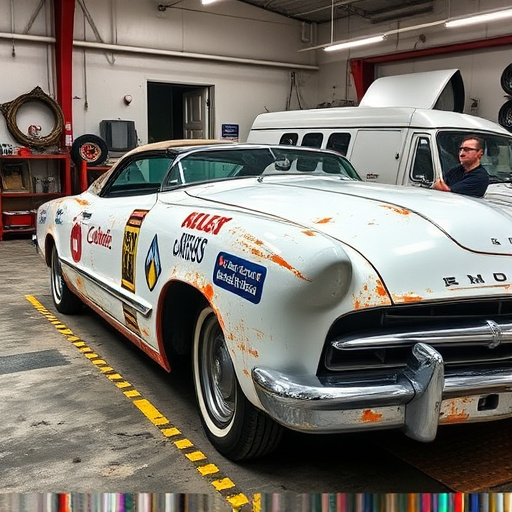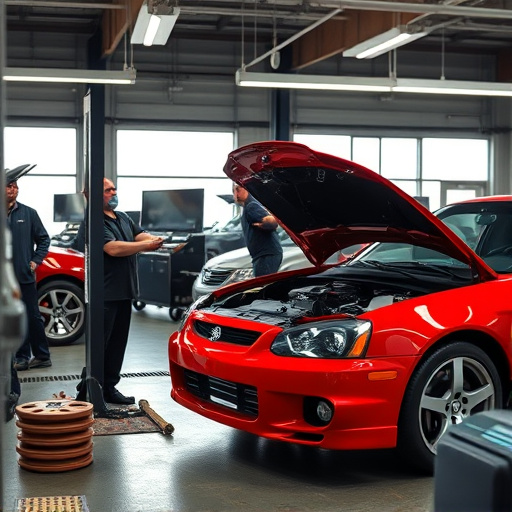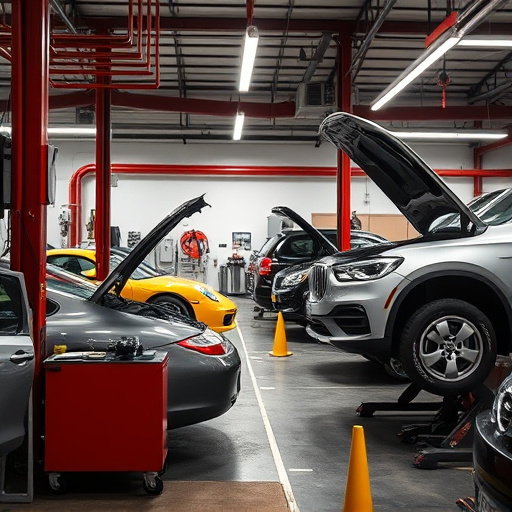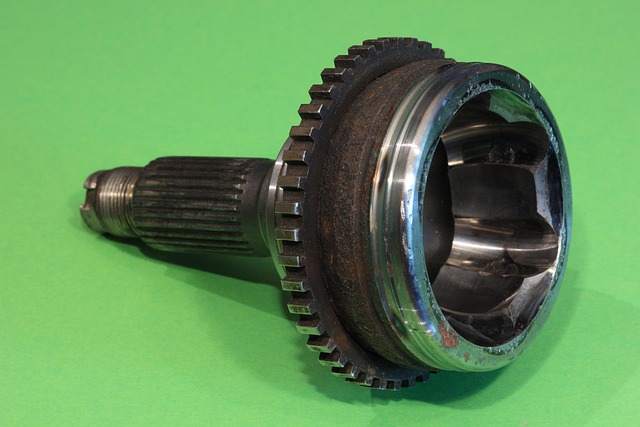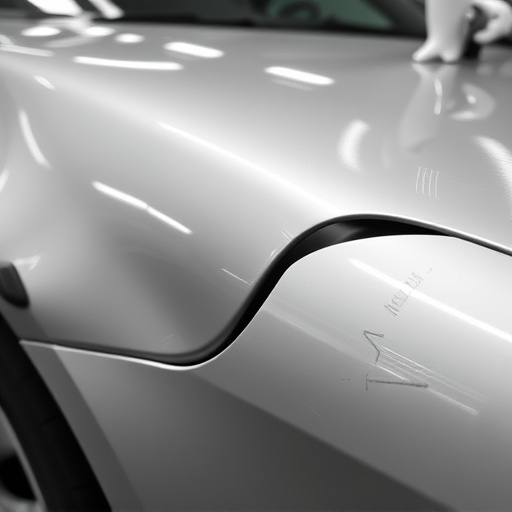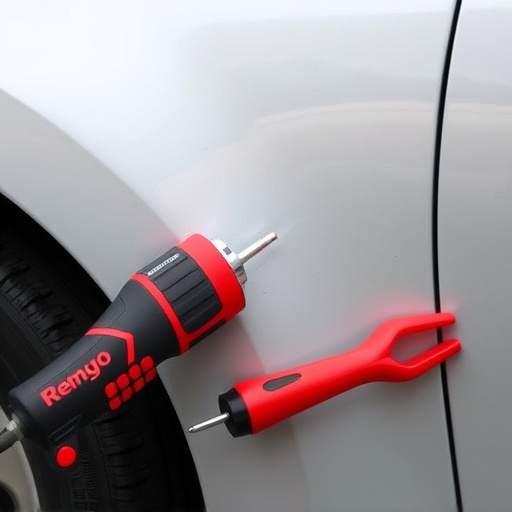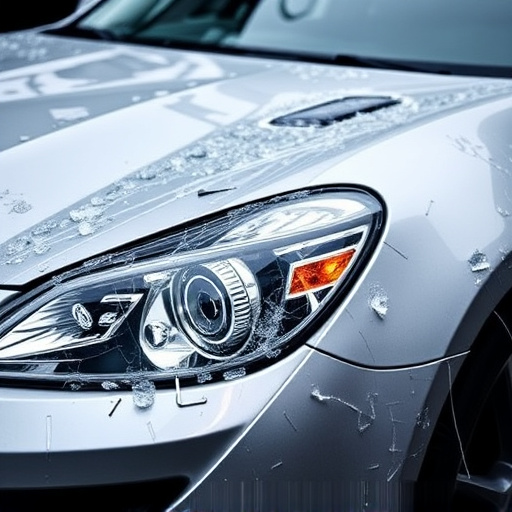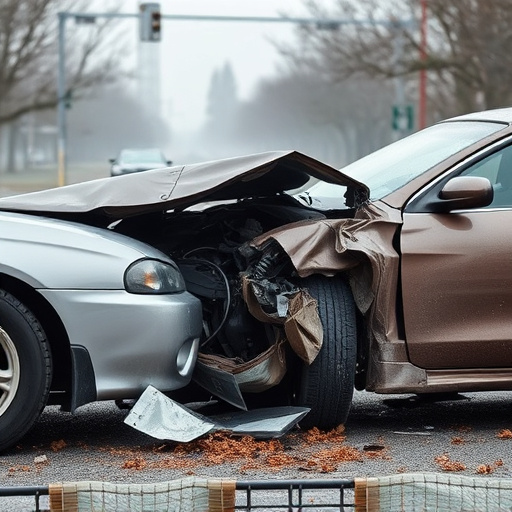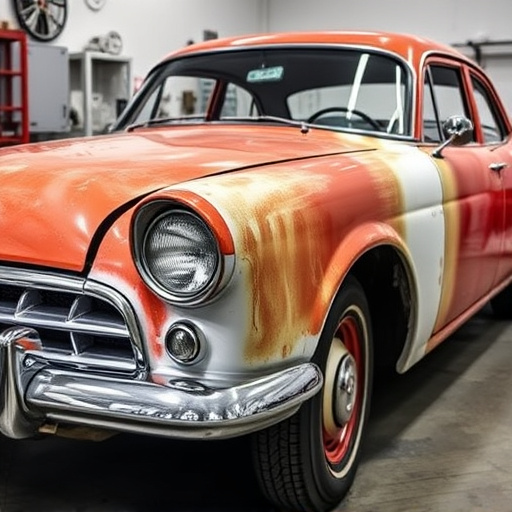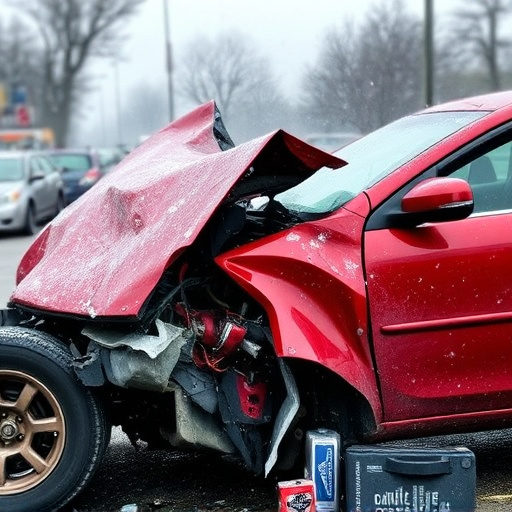Model Y body damage repair begins with a meticulous assessment using specialized tools to inspect exterior and structural damage. The process prioritizes environmental safety through advanced eco-friendly techniques, minimizing waste and eliminating toxic solvents. Post-repair, strict adherence to regulations ensures proper disposal of hazardous substances, adequate ventilation, and reduced environmental impact while restoring structural integrity.
“Uncover the comprehensive guide to repairing and restoring your Model Y’s damaged body while adhering to strict environmental safety standards. This article delves into the intricate process of assessing and fixing Model Y body damage, offering a step-by-step approach for optimal results. From identifying issues to implementing eco-conscious repair techniques, we explore best practices. Additionally, we delve into post-repair environmental considerations, ensuring compliance and minimizing your ecological footprint.”
- Assessing Model Y Body Damage: A Comprehensive Guide
- Repair Techniques for Optimal Environmental Safety
- Ensuring Compliance: Post-Repair Environmental Considerations
Assessing Model Y Body Damage: A Comprehensive Guide
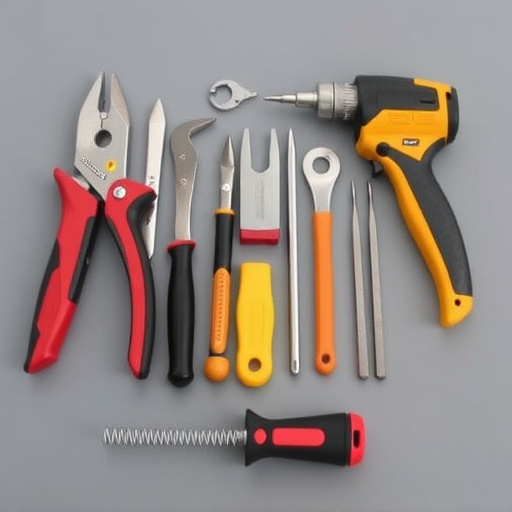
When it comes to Model Y body damage repair, the first step is a thorough assessment. This involves inspecting every inch of the vehicle’s exterior for signs of impact, including dents, scratches, and cracks. Using specialized tools, such as impact guns and paint scanners, auto repair experts can accurately identify the extent of the damage, which is crucial for effective repairs. They’ll also check for any underlying structural issues that might have been caused by the incident, ensuring a safe and sturdy reconstruction.
During this process, it’s essential to compare the damaged areas with the vehicle’s original specifications. This involves matching paint codes, checking panel alignment, and verifying the integrity of various components like bumpers, fenders, and doors. With accurate measurements and detailed documentation, auto repair near me professionals can develop a tailored plan for Model Y body damage repair, ensuring not only visual restoration but also environmental safety compliance with proper disposal and recycling methods, especially when dealing with auto glass repair or other materials.
Repair Techniques for Optimal Environmental Safety
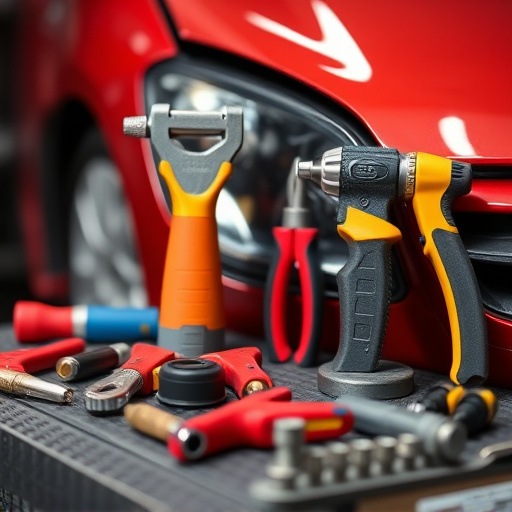
The repair process for Model Y body damage places a strong emphasis on environmental safety and sustainability. Modern auto body shops employing advanced techniques prioritize eco-friendly solutions, ensuring that every step aligns with stringent industry standards. One such technique involves using specialized equipment to precisely cut away damaged panels while minimizing material waste. This method, often employed in collision centers, reduces the need for excessive raw materials, contributing to a greener process.
Furthermore, the integration of automated systems enhances efficiency and accuracy. These systems not only speed up repairs but also minimize the risk of human error, resulting in more consistent outcomes. For instance, robotic welding technology can precisely join metal components, reducing the requirement for toxic solvents commonly used in traditional restoration processes. This shift towards innovative, sustainable practices ensures that Model Y body damage repair meets modern environmental safety standards, mirroring trends seen in classic car restoration as well.
Ensuring Compliance: Post-Repair Environmental Considerations
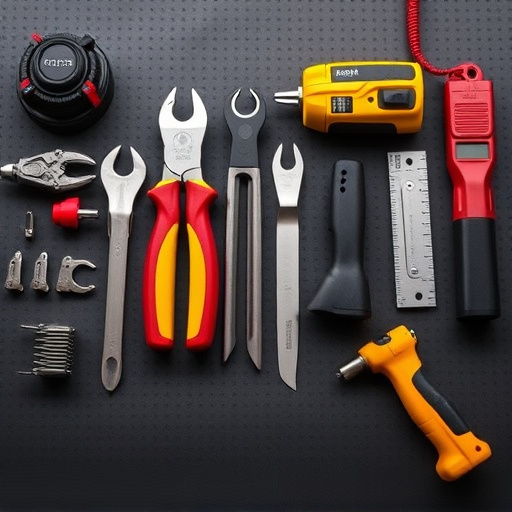
After successfully repairing a Model Y’s body damage, whether from an accident or minor scrapes and scratches, environmental safety compliance becomes paramount. This involves adhering to stringent regulations governing automotive collision repair and ensuring that the process does not introduce new risks. Repairs should not only restore the vehicle’s structural integrity but also minimize environmental impact by using eco-friendly materials and techniques whenever possible.
For instance, when dealing with scratch repair or car damage repair, professionals must carefully manage the disposal of hazardous substances like paint thinners and use recycled or reusable materials to reduce waste. Moreover, proper ventilation is crucial during automotive collision repair to prevent the release of volatile organic compounds (VOCs) into the atmosphere, ensuring a clean and safe work environment for both technicians and the surrounding community.
In conclusion, repairing a Model Y’s body damage requires a meticulous approach, combining effective repair techniques with stringent environmental safety compliance. By following the comprehensive guide for assessing damage, adopting eco-friendly repair methods, and heeding post-repair environmental considerations, professionals can ensure that restored Model Ys meet not only structural standards but also ecological expectations. This ensures a sustainable future for these vehicles while maintaining their performance and aesthetic appeal.
